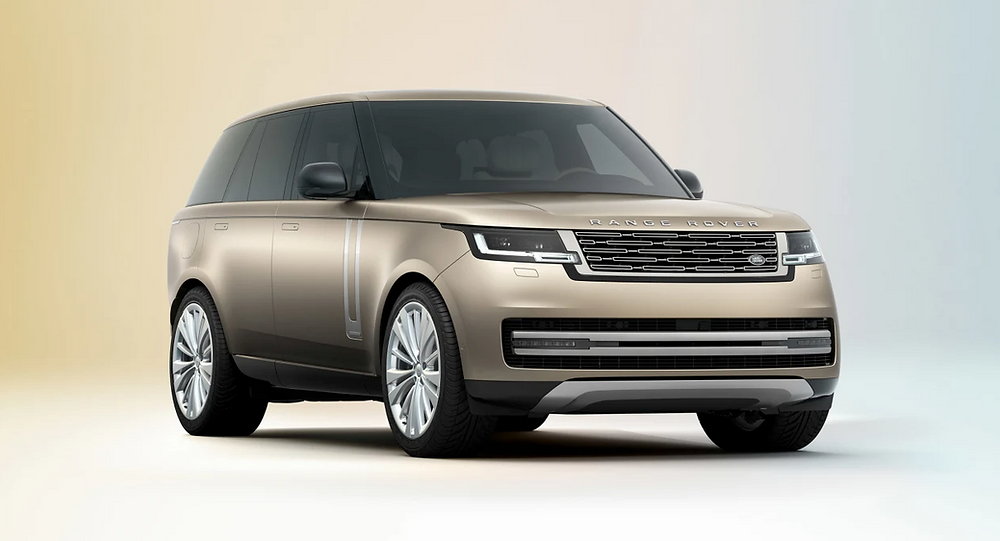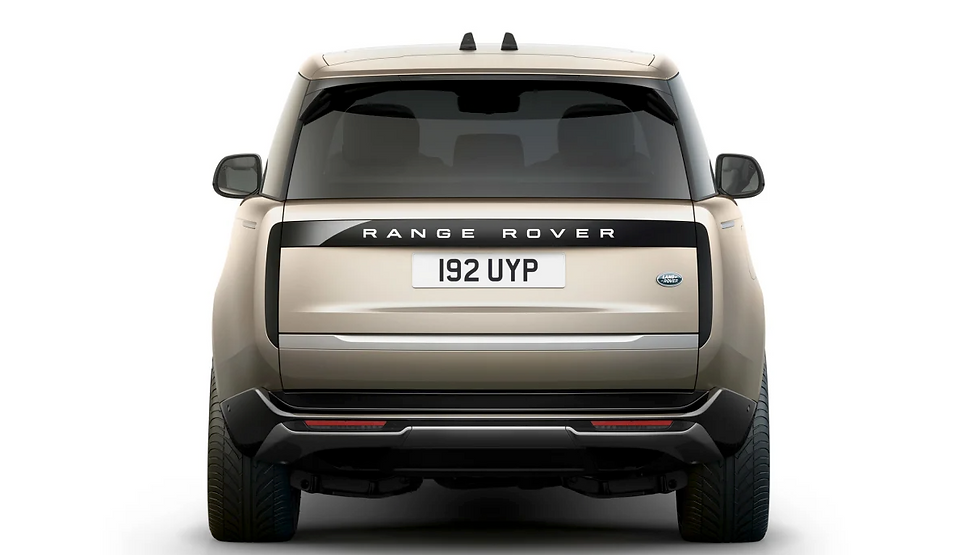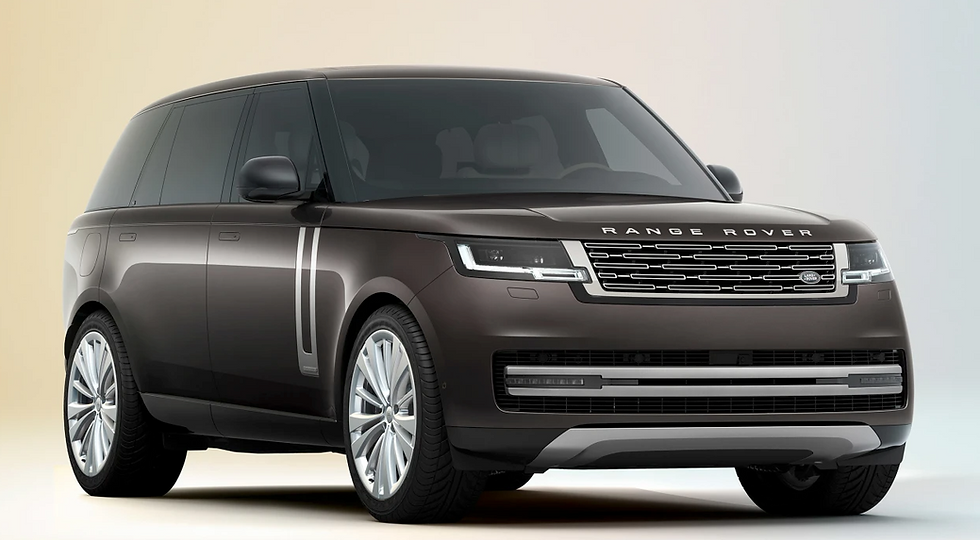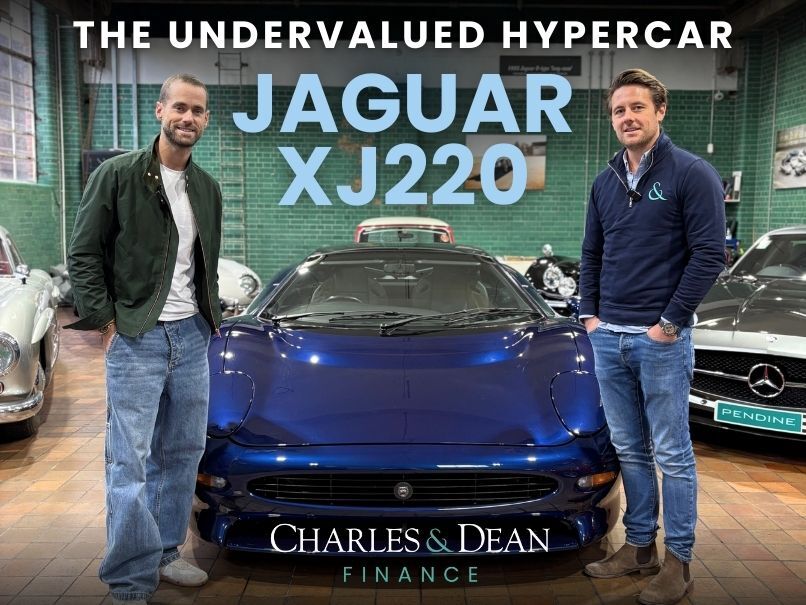
All-new and ready to go electric, the Range Rover is back. But is it still relevant?
Genuine automotive icons? There aren’t many. Porsche has at least one, arguably two or three, and so too does Land Rover. Its flagship, the luxury-meets-utility Range Rover may be more than half a century old but it’s only now into its fifth iteration, with an all-new car dubbed L460. Trends, corporate owners, rivals, Prime Ministers… they come and go but the Range Rover remains; aloof yet desirable, aspirational yet practical, contemporary yet timeless.

Well, yes. Because while the blueprint may remain the same, this Range Rover is all-new. There’s a breath-of-fresh-air new interior and a stiffer body structure bristling with cutting-edge technology. There’s integrated noise-cancelling technology and a raft of detail engineering to make this one of the quietest, most refined cars on sale today. There’s rear-wheel steering, a first on a Range Rover, to make it easier to drive on twisty roads and easier to park.
There’s anti-roll suspension, upgraded to work more quickly and use less fuel than before, and to again to help hide the car’s size and weight on the move. And there’s a raft of new powertrain options, including a BMW-sourced 4.4-litre twin-turbo petrol V8, a couple of imminent plug-in hybrids and, come 2024, a pure electric option. Consider for a moment the challenge of future-proofing this new Range Rover (essentially the same car is able to house engines, hybrids and battery-electric powertrains, and in two wheelbase lengths) and you begin to appreciate just what an engineering marvel it represents.

In look and feel the interior is a continuation of the exterior: crisp, uncluttered and classy. There’s also an embarrassment of space, thanks in part to the longer wheelbase. This has prompted Land Rover to offer a number of seating options. The core car seats five. Go long wheelbase and you’ve the choice of two rows (seating four or five, and starting at £124,975) or three, seating seven (from £107,675). SV versions of the core car and the four- or five-seat long wheelbase version are available, and Land Rover’s in-house personalisation division will happily help you make your new Range Rover special – special to the tune of £200k and beyond if you have the means…

But SV doesn’t mess with the Range Rover’s suspension or powertrains, and just five minutes behind the wheel of the new car is enough to appreciate why. The L406 was many things but it was neither agile nor easy to manoeuvre. It was hugely comfortable, but you didn’t hustle it.


The Charles & Dean verdict
Range Rover: From £99,375, 345bhp turbocharged straight-six (D350), 5.8sec 0-60mph, 145mph

Written by
Charles & DeanAt Charles & Dean, we offer finance solutions with a difference. Our focus is on you, providing a variety of competitive independent finance options that support both businesses and individuals in their own unique journey.
Table of contents
Apply for Finance
Let’s start with your name & email
Please provide your details to receive a personalised quote.
Subscribe
Get the latest insights and updates delivered to your inbox weekly.







.png?width=806&height=605&name=Why%20Use%20a%20Car%20Finance%20Broker%20(4).png)


.jpg)
%20(1).png)